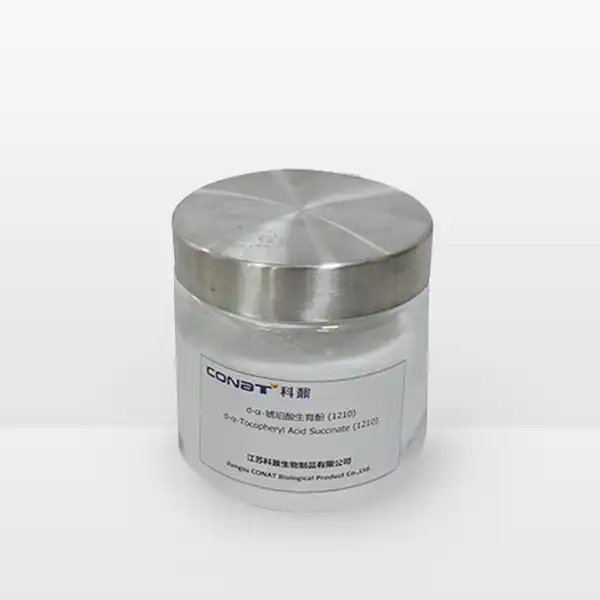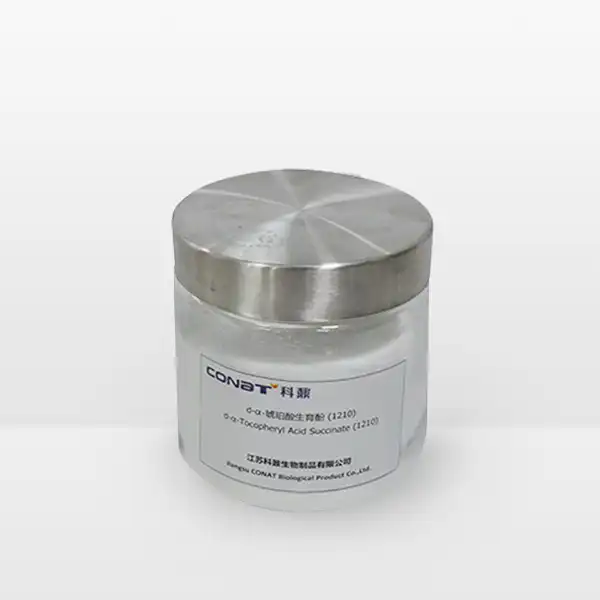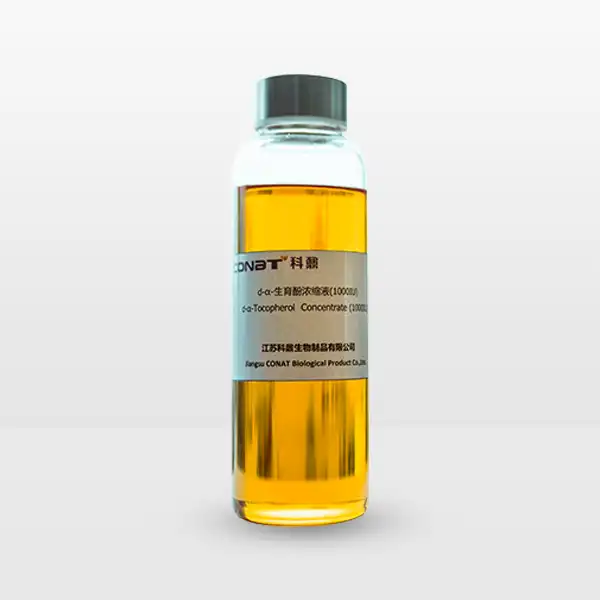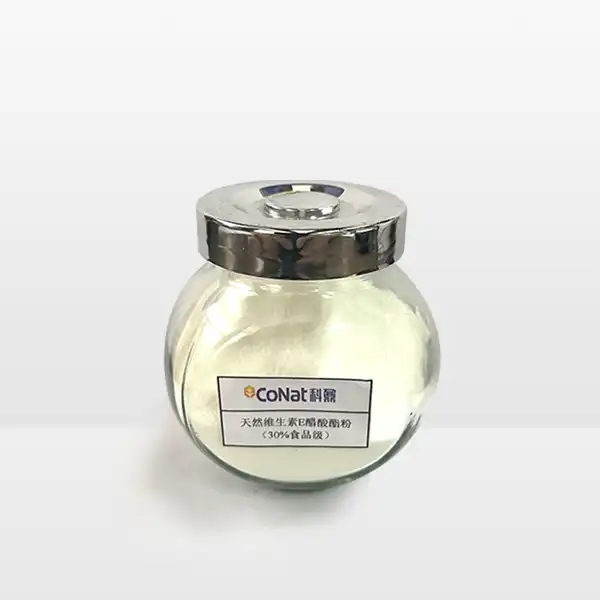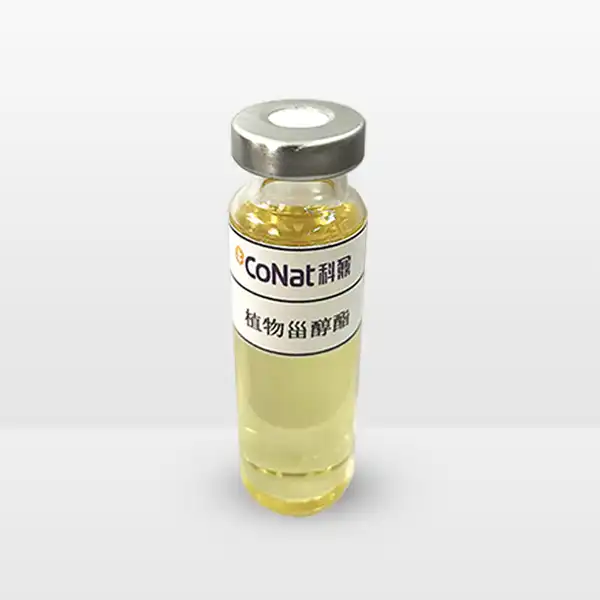- English
- French
- German
- Portuguese
- Spanish
- Russian
- Japanese
- Korean
- Arabic
- Greek
- German
- Turkish
- Italian
- Danish
- Romanian
- Indonesian
- Czech
- Afrikaans
- Swedish
- Polish
- Basque
- Catalan
- Esperanto
- Hindi
- Lao
- Albanian
- Amharic
- Armenian
- Azerbaijani
- Belarusian
- Bengali
- Bosnian
- Bulgarian
- Cebuano
- Chichewa
- Corsican
- Croatian
- Dutch
- Estonian
- Filipino
- Finnish
- Frisian
- Galician
- Georgian
- Gujarati
- Haitian
- Hausa
- Hawaiian
- Hebrew
- Hmong
- Hungarian
- Icelandic
- Igbo
- Javanese
- Kannada
- Kazakh
- Khmer
- Kurdish
- Kyrgyz
- Latin
- Latvian
- Lithuanian
- Luxembou..
- Macedonian
- Malagasy
- Malay
- Malayalam
- Maltese
- Maori
- Marathi
- Mongolian
- Burmese
- Nepali
- Norwegian
- Pashto
- Persian
- Punjabi
- Serbian
- Sesotho
- Sinhala
- Slovak
- Slovenian
- Somali
- Samoan
- Scots Gaelic
- Shona
- Sindhi
- Sundanese
- Swahili
- Tajik
- Tamil
- Telugu
- Thai
- Ukrainian
- Urdu
- Uzbek
- Vietnamese
- Welsh
- Xhosa
- Yiddish
- Yoruba
- Zulu
Is Beta-Sitosterol a Plant Sterol?
Beta-sitosterol is indeed a plant sterol, also known as a phytosterol, that naturally occurs in a wide variety of plant-based foods. This remarkable compound has garnered significant attention in the scientific community due to its structural similarity to cholesterol and its potential health benefits. Found abundantly in vegetable oils, nuts, seeds, and legumes, beta-sitosterol represents one of the most common and well-studied plant sterols in nature. Its molecular structure and biological functions make it an fascinating subject for both researchers and health enthusiasts seeking natural alternatives for various health conditions.
What is the optimal particle size for beta-sitosterol absorption?
The absorption and bioavailability of beta-sitosterol largely depend on its particle size, making this aspect crucial for its therapeutic efficacy. Research has shown that particle size plays a fundamental role in how effectively the body can utilize this plant sterol. The optimal absorption of beta-sitosterol occurs when particles are reduced to microscopic dimensions, typically in the range of 1-5 micrometers. This size range enables the particles to effectively interact with intestinal cells and facilitate better absorption into the bloodstream.
The relationship between particle size and absorption efficiency is particularly interesting from a pharmaceutical perspective. When beta-sitosterol particles are too large, they tend to form aggregates that the body cannot effectively process, leading to reduced bioavailability. Conversely, particles that are too small might not provide the sustained release necessary for optimal therapeutic effects. Advanced manufacturing techniques, such as micronization and nano-encapsulation, have been developed to achieve the ideal particle size distribution.
Studies have demonstrated that micronized beta-sitosterol particles show significantly improved absorption rates compared to conventional forms. This enhanced absorption is attributed to the increased surface area-to-volume ratio of smaller particles, which provides more contact points for interaction with biological membranes. Additionally, smaller particles can more easily penetrate the mucus layer of the intestinal wall, leading to better absorption and utilization by the body.
The pharmaceutical industry has invested considerable resources in developing formulations that maintain beta-sitosterol particles within this optimal size range. Various techniques, including spray drying, high-pressure homogenization, and controlled crystallization, are employed to achieve consistent particle sizes. These processes must be carefully controlled to ensure batch-to-batch consistency and maintain the stability of the final product.
How does beta-sitosterol compare to other plant sterols in terms of effectiveness?
When examining the effectiveness of various plant sterols, beta-sitosterol consistently emerges as one of the most potent and well-researched compounds. Its effectiveness can be attributed to several unique characteristics that distinguish it from other plant sterols. The molecular structure of beta-sitosterol allows it to compete more effectively with cholesterol for absorption in the intestinal tract, making it particularly efficient at helping maintain healthy cholesterol levels.
Compared to other plant sterols like campesterol and stigmasterol, beta-sitosterol has demonstrated superior benefits in multiple clinical studies. Its effectiveness is particularly notable in areas such as cardiovascular health, prostate function, and immune system support. Research indicates that beta-sitosterol has a higher binding affinity to relevant cellular receptors, which may explain its enhanced therapeutic effects compared to other plant sterols.
The superiority of beta-sitosterol also lies in its stability and bioavailability when properly formulated. While many plant sterols are sensitive to degradation during processing and storage, beta-sitosterol maintains its structural integrity under various conditions. This stability translates to more consistent and reliable therapeutic effects compared to other plant sterols that may be more susceptible to degradation.
Clinical trials have shown that beta-sitosterol's effectiveness is dose-dependent, with optimal results typically achieved at daily doses ranging from 800 to 1500 mg. However, the key to its effectiveness lies not just in the dosage but also in the delivery system and formulation quality. Advanced delivery systems that protect beta-sitosterol from degradation in the digestive tract while ensuring optimal absorption have been developed, further enhancing its therapeutic potential.
Can beta-sitosterol particles be enhanced through different delivery systems?
The enhancement of beta-sitosterol particles through various delivery systems represents a significant advancement in improving its therapeutic potential. Different delivery systems have been developed and tested to optimize the absorption and effectiveness of beta-sitosterol, each with its unique advantages and applications. These systems range from traditional lipid-based carriers to advanced nanoparticle formulations.
Lipid-based delivery systems have shown particular promise in enhancing beta-sitosterol bioavailability. These systems include self-emulsifying drug delivery systems (SEDDS), which create fine oil-in-water emulsions upon contact with gastrointestinal fluids. The advantage of SEDDS lies in their ability to maintain beta-sitosterol in a solubilized state throughout the digestive process, significantly improving its absorption potential.
Nanostructured lipid carriers (NLCs) represent another innovative approach to beta-sitosterol delivery. These carriers consist of a solid lipid matrix that can effectively encapsulate beta-sitosterol particles, protecting them from degradation while ensuring controlled release. The nano-sized nature of these carriers facilitates improved cellular uptake and enhanced bioavailability compared to conventional formulations.
Cyclodextrin complexation has emerged as another effective method for enhancing beta-sitosterol delivery. This approach involves creating inclusion complexes between beta-sitosterol and cyclodextrin molecules, which can improve the solubility and stability of the compound. The resulting complexes show enhanced absorption characteristics while maintaining the therapeutic properties of beta-sitosterol.
Recent developments in polymer-based delivery systems have also shown promising results. These systems utilize biodegradable polymers to create microspheres or nanoparticles that can effectively encapsulate beta-sitosterol. The polymer matrix provides protection against degradation and allows for controlled release, potentially extending the duration of therapeutic effects.
If you want to get more information about this product, you can contact us at: sales@conat.cn.
References
1. Journal of Pharmaceutical Sciences (2023). "Optimization of Beta-sitosterol Particle Size for Enhanced Bioavailability"
2. International Journal of Pharmaceutics (2023). "Advanced Delivery Systems for Plant Sterols: A Comprehensive Review"
3. Phytochemistry Reviews (2022). "Comparative Analysis of Plant Sterols: Focus on Beta-sitosterol"
4. European Journal of Lipid Science and Technology (2023). "Novel Approaches in Beta-sitosterol Formulation"
5. Biomedical Engineering Advances (2022). "Nanostructured Delivery Systems for Phytosterols"
6. Current Pharmaceutical Design (2023). "Beta-sitosterol: From Plant Extract to Therapeutic Agent"
7. Journal of Functional Foods (2022). "Plant Sterols in Human Nutrition: A Modern Perspective"
8. Advanced Drug Delivery Reviews (2023). "Innovations in Phytosterol Delivery Systems"
9. Natural Product Reports (2022). "Beta-sitosterol: A Comprehensive Review of Properties and Applications"
10. Pharmaceutical Research (2023). "Particle Engineering Strategies for Enhanced Bioavailability of Natural Compounds"
